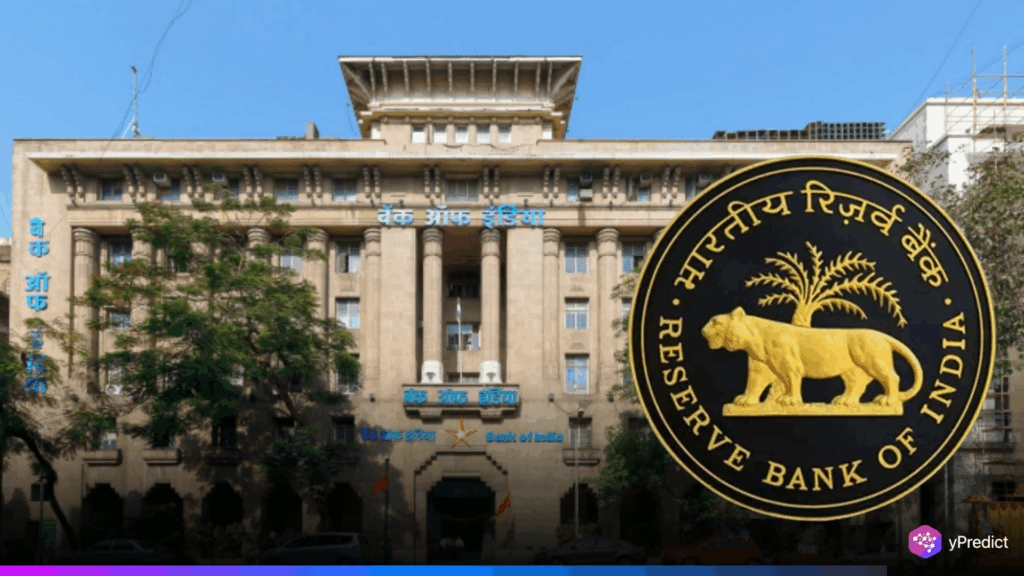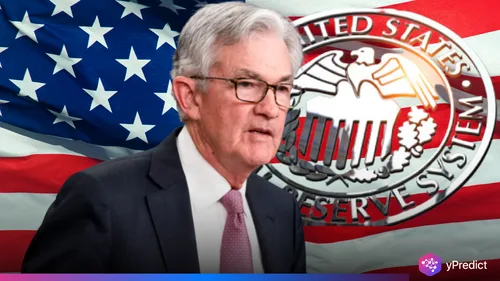
To enhance the performance of India’s rupee trade settlement system, the Federation of Indian Export Organisations (FIEO) has asked the Reserve Bank of India (RBI) to publish a list of banks authorised to administer Special Rupee Vostro Accounts (SRVAs). This proposal stems from growing worries by exporters about the system’s underutilisation due to a lack of awareness.
Although the SRVA framework provides obvious benefits, such as lowering dependency on foreign currency and expediting commerce, many exporters are ignorant of where and how to utilise it.
The FIEO believes that increased transparency from the RBI might boost adoption and promote greater usage of rupee-based trading systems.
Exporters Seek Clarity on SRVA-Enabled Banks
To increase bilateral trade in local currencies, the Reserve Bank of India (RBI) authorised domestic banks in 2023 to open Special Rupee Vostro Accounts (SRVAs) for partner banks in designated countries. This mechanism allows international trade to be invoiced and settled in Indian rupees, promoting bilateral trade in local currencies.
While the initiative shows promise, public awareness of its implementation is limited. Moreover, limited information about participating banks has hindered the system’s adoption. Most exporters are unaware of the banks that provide SRVA services due to the lack of information available in the public domain.
FIEO President S C Ralhan told PTI that
… many exporters don’t even know which banks offer this service, because that information isn’t easily available. The RBI should make this public. Better awareness means better use of this good initiative.
According to him, transparency from the side of the RBI could significantly improve the adoption of this progressive framework. Ralhan addressed this concern, among others, in a recent discussion with RBI Governor Sanjay Malhotra in Mumbai.
Advocacy for Interest Equalisation Scheme
In addition to the issue of transparency, the Federation of Indian Export Organizations (FIEO) also highlighted persistent challenges in accessing export finance. Ralhan noted that, while banks authorize loans for exporters, barely 35-40% of the sanctioned amount is used.
He said the main reason exporters aren’t using most of the approved loans is that the process to get the money is often slow, confusing, and full of unnecessary steps.
A Ludhiana-based exporter said in a statement that,
Often, it’s because the process to access these funds is complicated, slow, or unclear. It’s like being told you can have a loan, but then being made to jump through so many hoops that you give up. We need to fix this so exporters can actually use the money that’s been approved for them.”
Ralhan requested the RBI to speed up the implementation of the Interest Equalisation Scheme in order to reduce the cost of export finance. He also emphasised the rising disparity between the rise of India’s export sector and the stagnation of credit support for exporters.
Responding to these concerns, the RBI Governor expressed a positive outlook and assured that each issue would be thoroughly examined.
Despite global economic difficulties, India’s export performance has remained stable. In March alone, merchandise exports increased by 0.7 percent to USD 41.97 billion.
For fiscal year 2024-25, overall goods exports climbed by 0.08 percent to USD 437.42 billion. Notably, service exports achieved a new high of USD 387.5 billion, contributing to an all-time high total export value of USD 824.9 billion.







